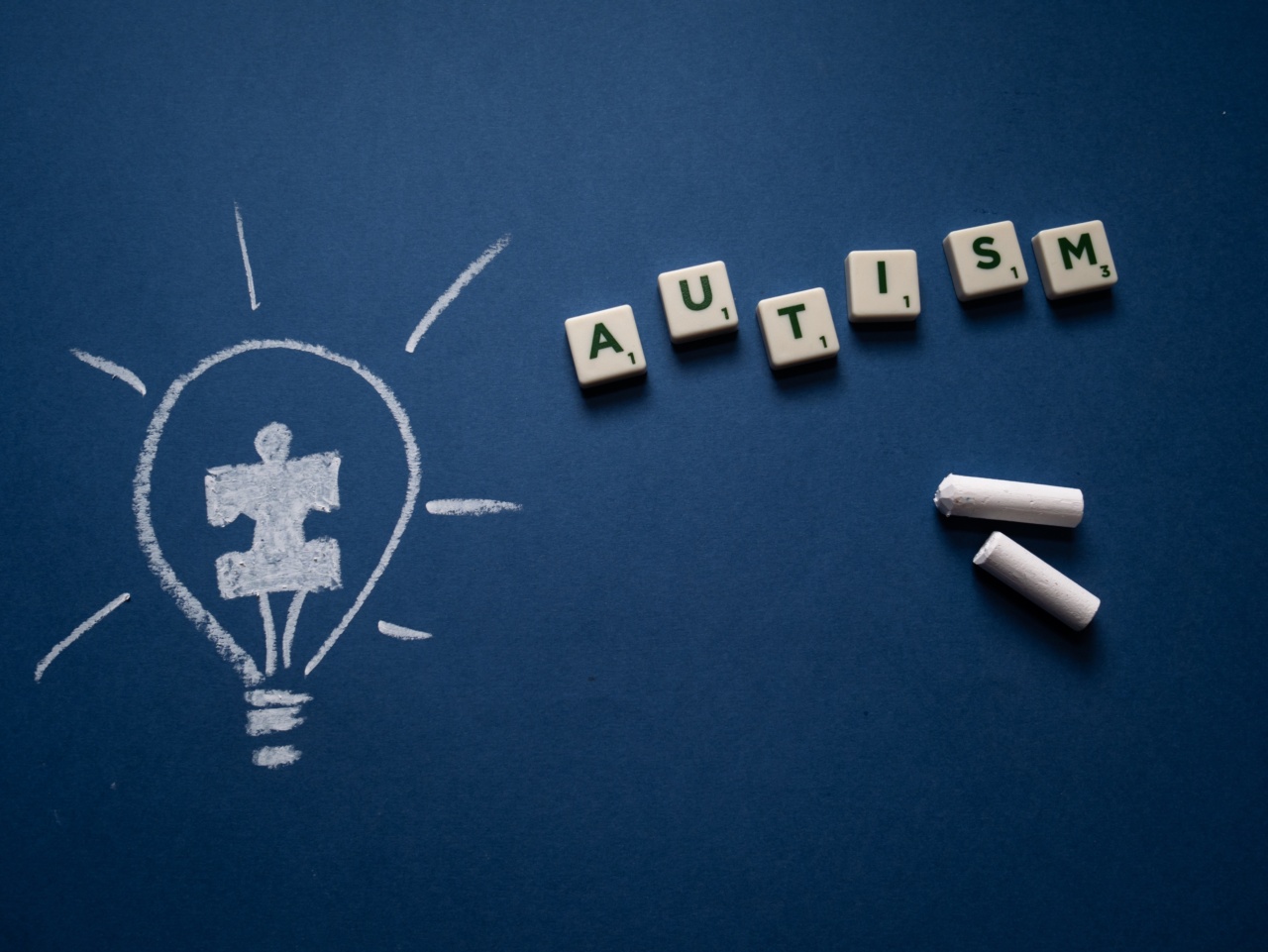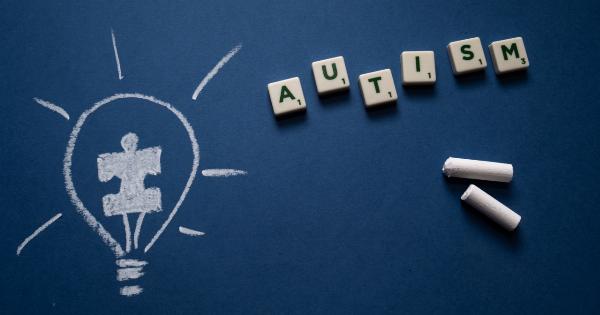Autism Spectrum Disorder (ASD) is a neurodevelopmental condition that affects communication, social interaction, behavior, and sensory processing.
While there is no cure for ASD, there are various strategies and interventions that can help minimize the symptoms and improve the quality of life for individuals with this disorder. This article explores effective ways to minimize the symptoms of Autism Spectrum Disorder.
Early Intervention
Early intervention is crucial when it comes to minimizing the symptoms of Autism Spectrum Disorder. The earlier the intervention, the better the outcome.
Early intervention programs can help children develop important skills such as communication, social interaction, and self-regulation. Applied Behavior Analysis (ABA) therapy, speech therapy, occupational therapy, and sensory integration therapy are some of the interventions that can be beneficial for children with ASD.
Sensory Integration Techniques
Sensory integration difficulties are common in individuals with Autism Spectrum Disorder. Sensory integration techniques can help individuals with ASD better process sensory information and respond appropriately.
These techniques may include sensory diets, sensory rooms, deep pressure activities, and sensory-focused play. By addressing sensory issues, individuals with ASD can experience reduced anxiety, improved focus, and better self-regulation.
Speech and Language Therapy
Speech and language therapy is an essential part of the treatment for Autism Spectrum Disorder, as many individuals with ASD have difficulties with communication.
Speech therapy can help individuals with ASD develop language skills, improve articulation and pronunciation, enhance social communication, and teach them alternative communication methods such as sign language or the use of assistive communication devices.
Behavioral Interventions
Behavioral interventions, such as Applied Behavior Analysis (ABA), can be highly effective in minimizing the symptoms of Autism Spectrum Disorder.
ABA therapy focuses on teaching new skills and reducing challenging behaviors through positive reinforcement and behavior modification techniques. This therapy can help individuals with ASD improve their social interaction, communication skills, and adaptive behaviors.
Social Skills Training
Social skills training is essential for individuals with Autism Spectrum Disorder, as they often struggle with social interaction and understanding social cues.
Social skills training programs can teach individuals with ASD how to initiate and maintain conversations, understand nonverbal cues, make friends, and navigate social situations. These programs often use role-playing, modeling, and visual supports to help individuals with ASD learn and practice social skills.
Structured Environment
Creating a structured environment can significantly benefit individuals with Autism Spectrum Disorder. A structured environment provides predictability and reduces anxiety.
This can be achieved through visual schedules, clear routines, and organized physical space. Structured environments also minimize sensory overload by providing a calm and soothing atmosphere, which can help individuals with ASD better focus and regulate their emotions.
Dietary Interventions
Although the evidence is limited, some dietary interventions might be helpful in minimizing Autism Spectrum Disorder symptoms for certain individuals.
Some people with ASD may benefit from a gluten-free or casein-free diet, as they might have sensitivities or intolerances to these proteins. Additionally, ensuring a balanced diet rich in essential nutrients can support overall health and well-being in individuals with ASD.
Alternative Therapies
While there is limited scientific evidence to support their effectiveness, some individuals with Autism Spectrum Disorder may find alternative therapies helpful in managing their symptoms.
These therapies include music therapy, art therapy, animal-assisted therapy, and yoga. Alternative therapies can provide a calming and enjoyable experience for individuals with ASD and may help improve their emotional regulation, sensory integration, and overall well-being.
Education and Support
Education and support play a crucial role in minimizing Autism Spectrum Disorder symptoms. It is essential for parents, caregivers, and educators to understand the unique needs of individuals with ASD and provide appropriate support and accommodations.
This can include creating Individualized Education Programs (IEPs) for students with ASD, providing social and emotional support, and promoting a supportive and inclusive environment.
Conclusion
While Autism Spectrum Disorder cannot be cured, there are effective ways to minimize its symptoms and improve the overall quality of life for individuals with this condition.
Early intervention, sensory integration techniques, speech and language therapy, behavioral interventions, social skills training, a structured environment, dietary interventions (if appropriate), alternative therapies, and education and support are all valuable strategies in managing the challenges associated with ASD. By implementing these approaches, individuals with Autism Spectrum Disorder can lead fulfilling lives and reach their full potential.




























